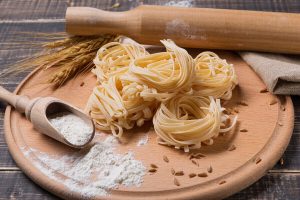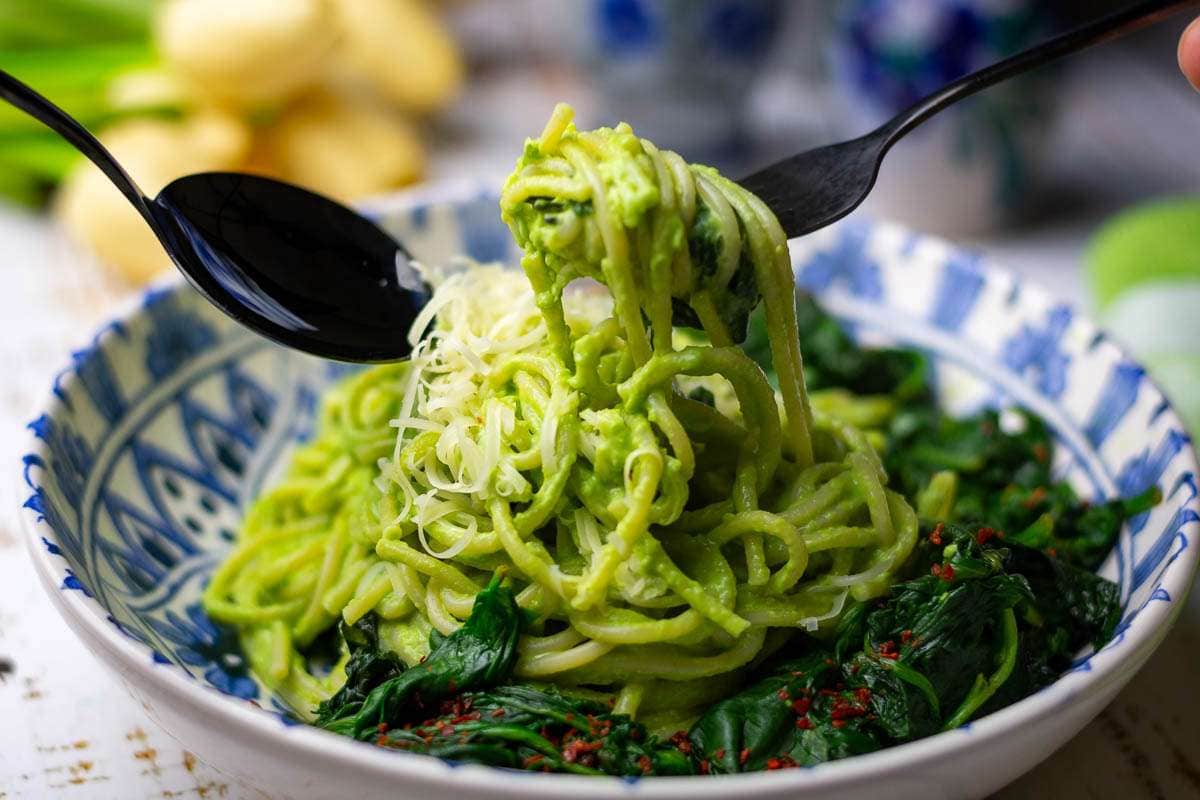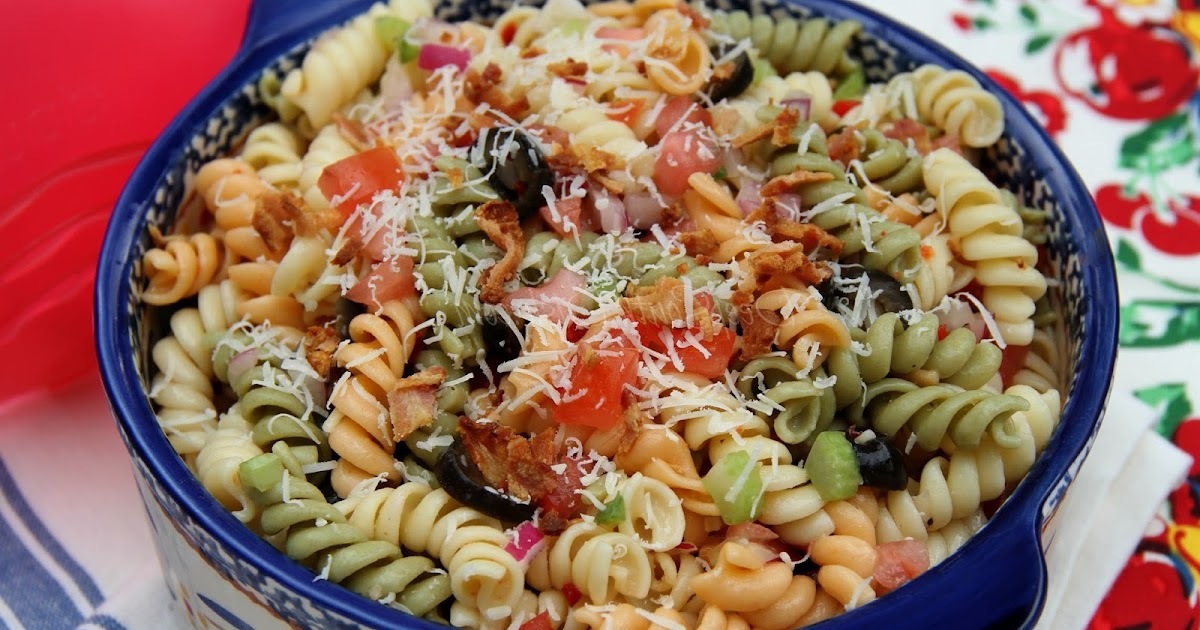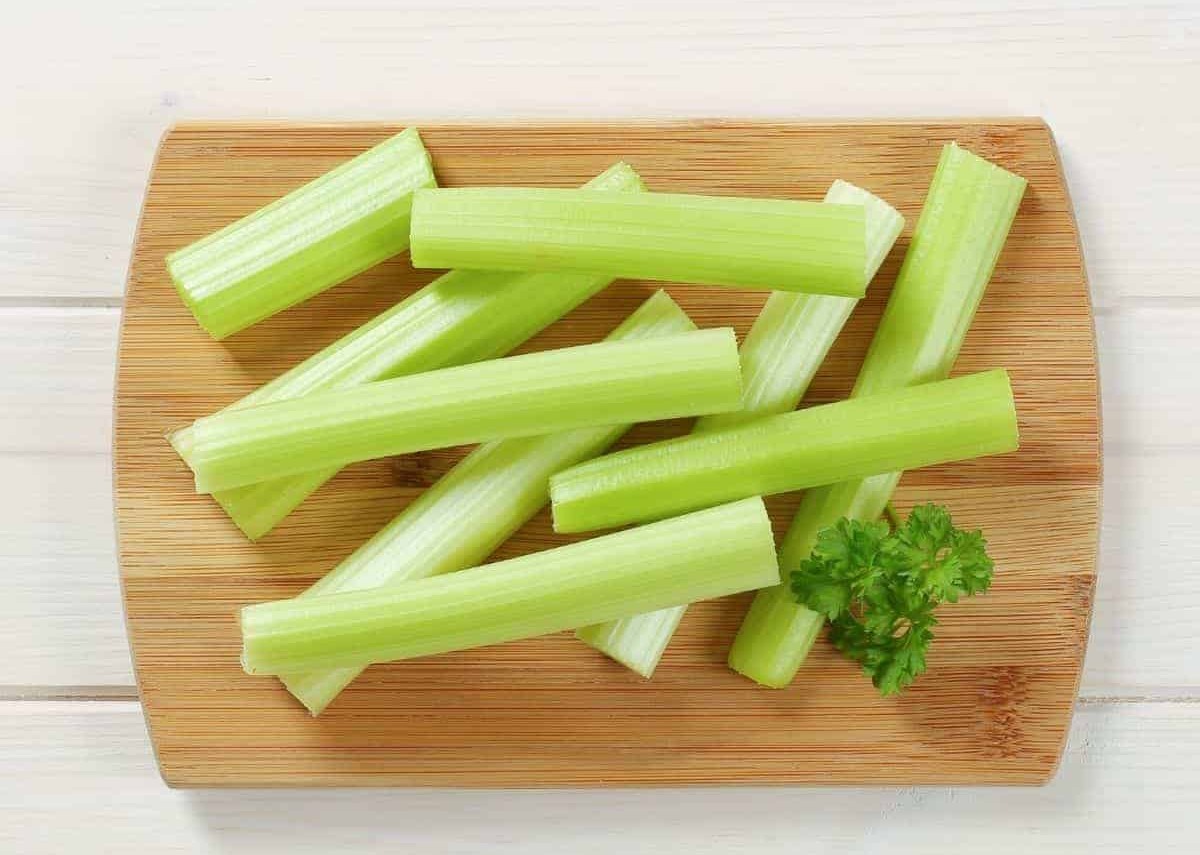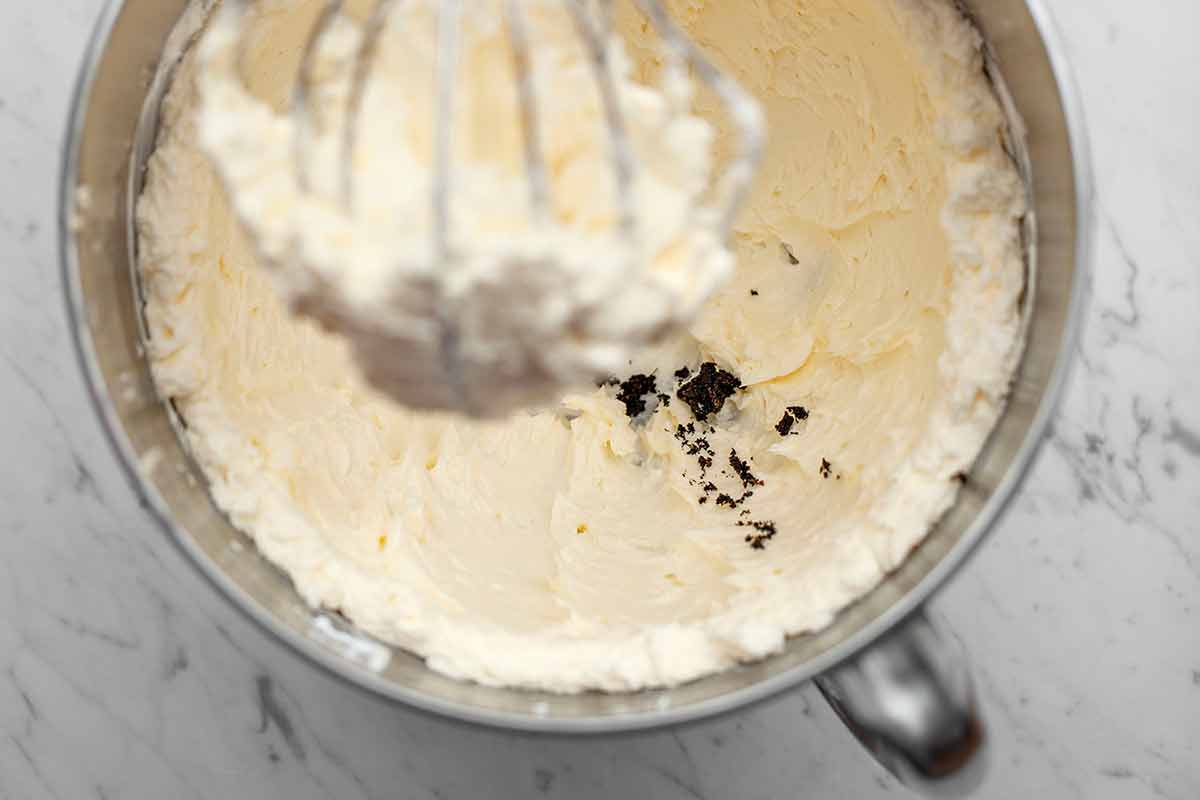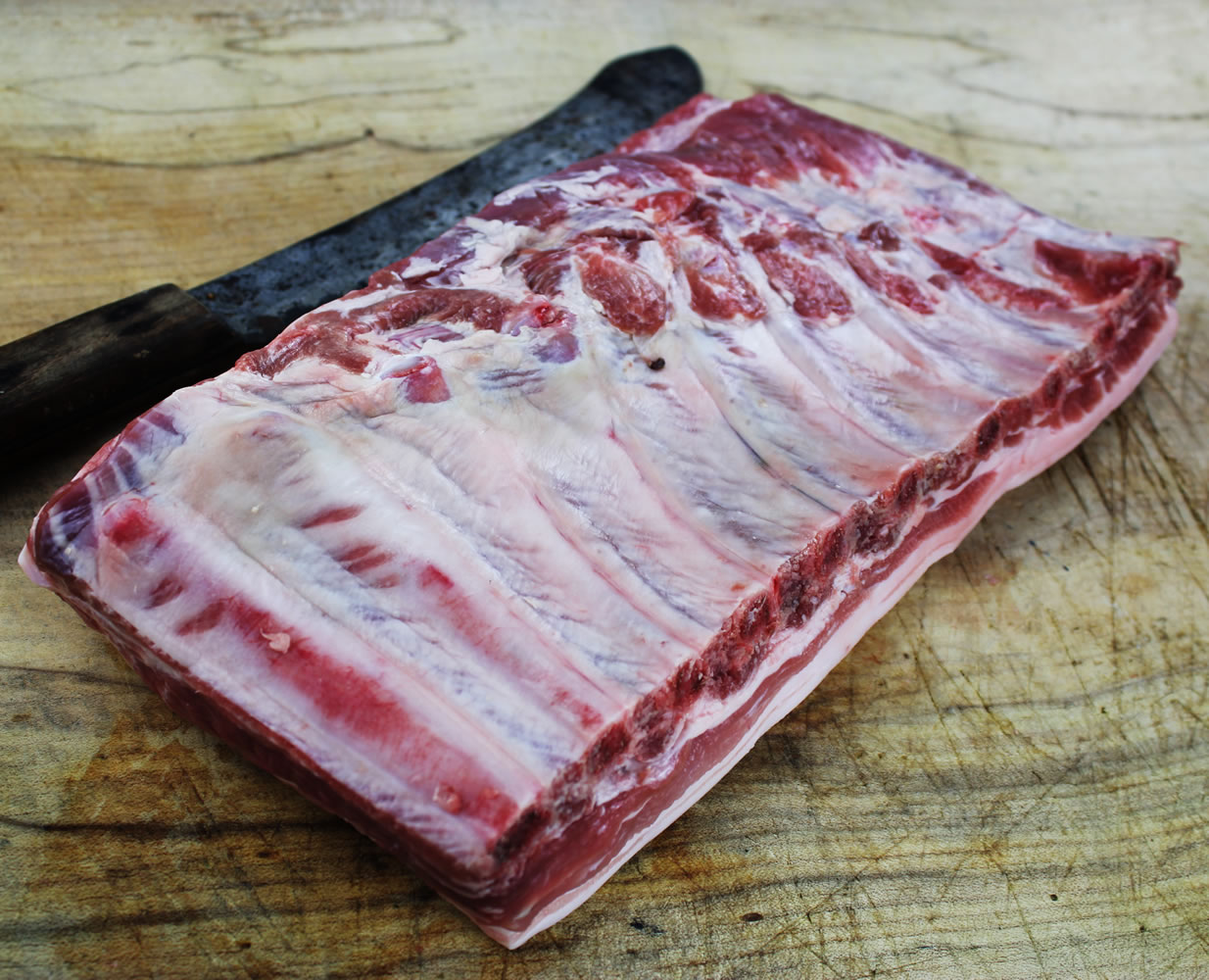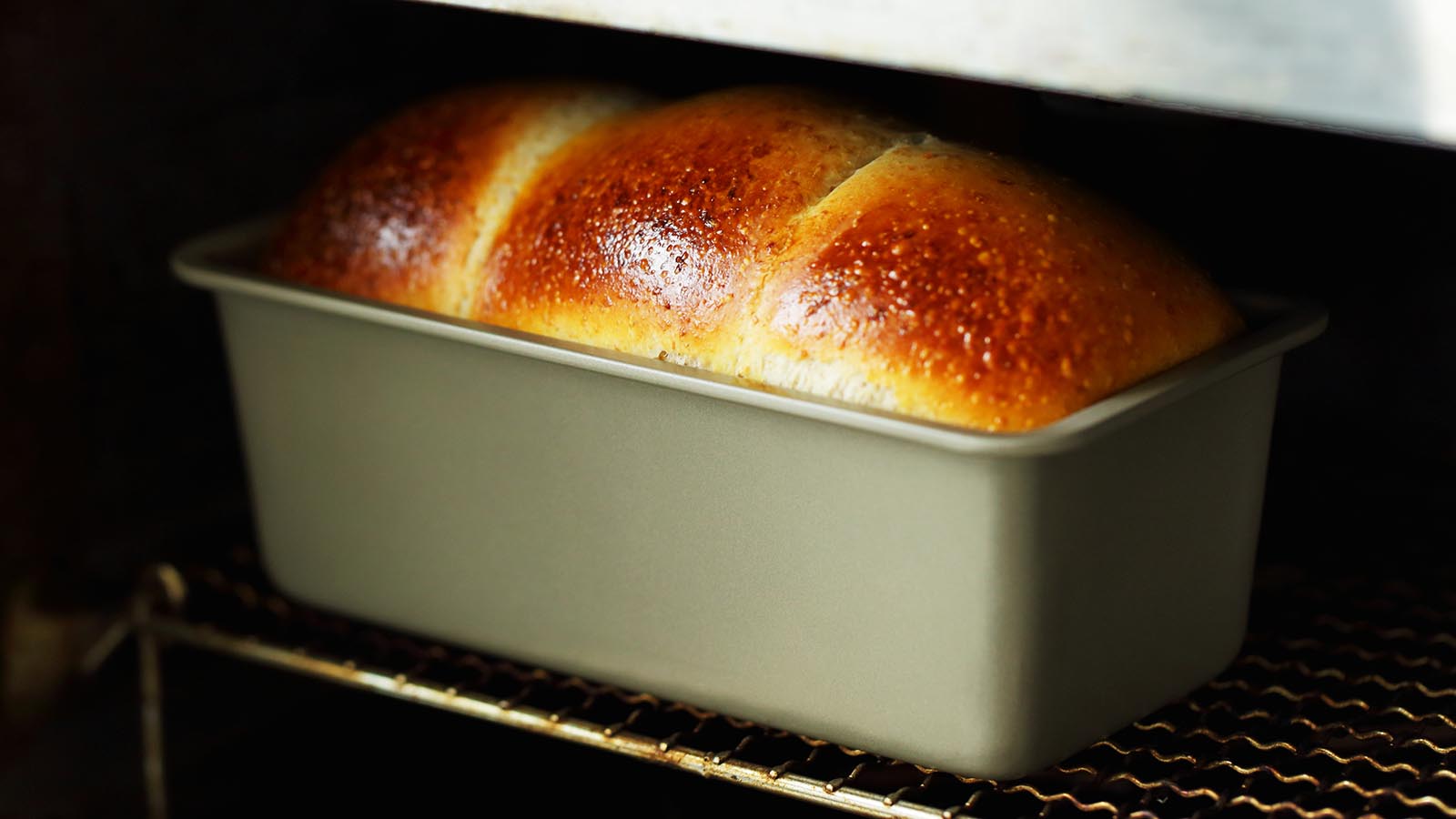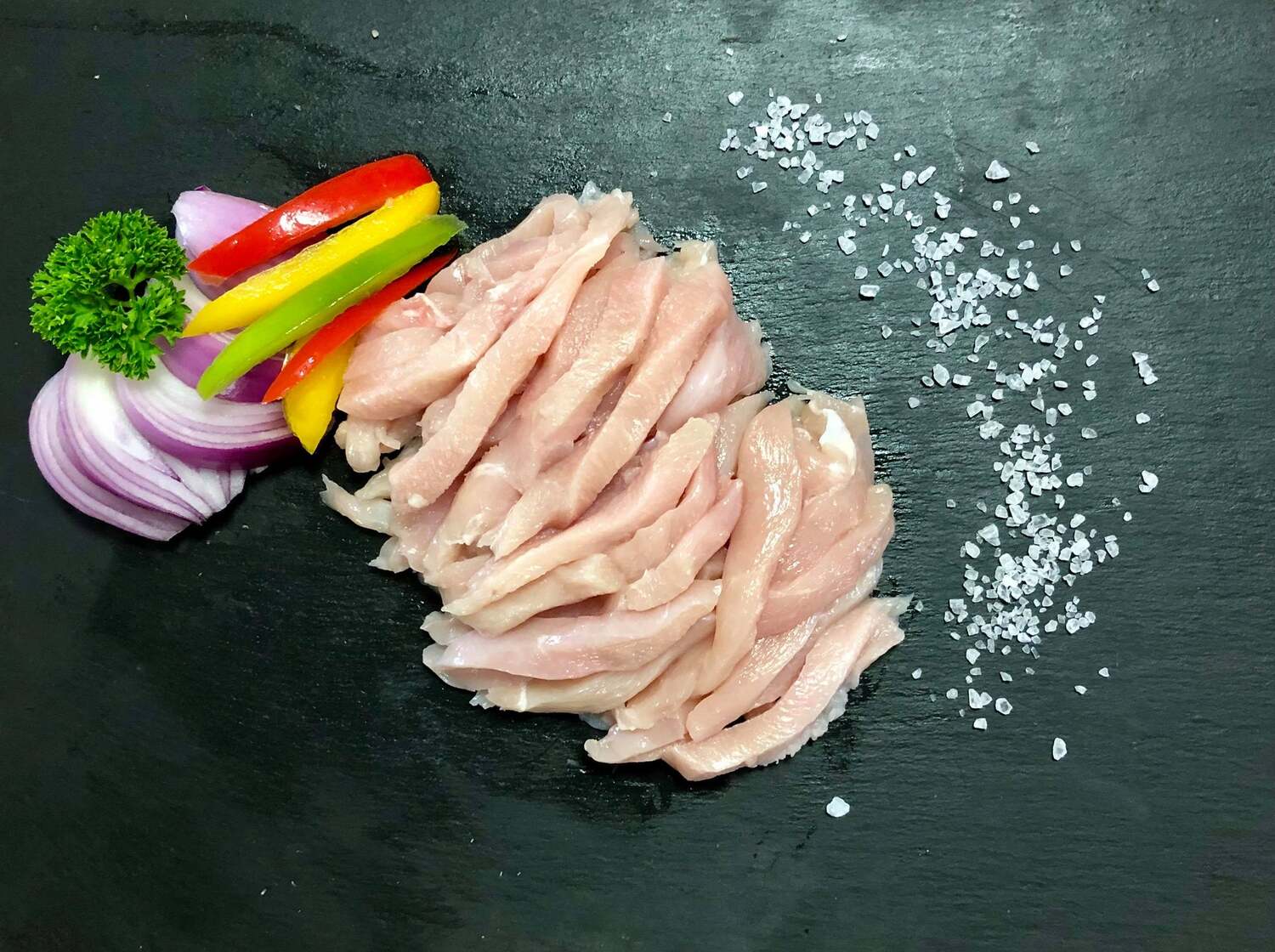How to Color Fresh Pasta: A Beginner’s Guide
If you’re bored with the usual plain pasta and want to add a pop of color to your dishes, look no further than homemade colored pasta. Not only does it make your dishes visually appealing, but it also adds a unique flavor and texture to your meals. In this guide, we’ll walk you through the step-by-step process of coloring fresh pasta at home.
Step 1: Choose Your Natural Colorants
Before you start, it’s important to decide what colors you want to achieve and choose the natural colorants accordingly. Here are some common natural ingredients that can be used to give your pasta vibrant hues:
- Beets: for a beautiful reddish-pink color
- Spinach: for a vibrant green shade
- Turmeric: for a sunny yellow hue
- Tomato paste: for a rich orange-red color
- Squid ink: for a striking black color
Step 2: Prepare the Colorant
Depending on the ingredient you choose, there are different methods to prepare the colorant:
- For vegetables like beets, spinach, or turmeric: simply cook them until tender, then puree and strain to extract the vibrant juice.
- For tomato paste: dilute it with a small amount of water to make a smooth paste.
- For squid ink: if using fresh squid, remove the ink sac and strain it to obtain the ink. If using packaged squid ink, it’s ready to use.
Step 3: Incorporate the Colorant into the Pasta Dough
Now that you have your colorant ready, it’s time to add it to your pasta dough. Here’s how:
- Prepare the pasta dough as you normally would, using a blend of flour, eggs, and a pinch of salt.
- Divide the dough into equal portions, depending on how many colors you want to create.
- Add a small amount of colorant to each portion of dough. Start with a small quantity and gradually add more until you achieve the desired color.
- Knead the dough until the colorant is evenly distributed and the dough has a smooth consistency.
Step 4: Roll and Shape the Colored Pasta
With your colored pasta dough ready, it’s time to roll and shape it into the desired pasta shapes. Here are some popular options:
- Tagliatelle: for long, flat ribbons of pasta
- Farfalle: for bow-tie shaped pasta
- Lasagna sheets: for layering in a delicious lasagna
- Ravioli: for stuffing with your favorite fillings
Remember to follow the cooking instructions for each pasta shape to ensure the best results.
Step 5: Cook and Enjoy
Once you have shaped your colored pasta, bring a large pot of salted water to boil. Cook your pasta according to the recommended cooking time, which may vary depending on the thickness of the pasta. Drain it well and toss it with your favorite sauce or simply drizzle some olive oil and sprinkle grated Parmesan cheese on top.
Now, sit back and enjoy a plate full of vibrant and delicious colored pasta that will impress your family and friends!
Remember, making colored pasta is an art form, so don’t be afraid to get creative and experiment with different color combinations and flavors. Whether you’re cooking for a special occasion or simply want to add some fun to your weeknight meals, this homemade colored pasta will undoubtedly elevate your culinary creations.
